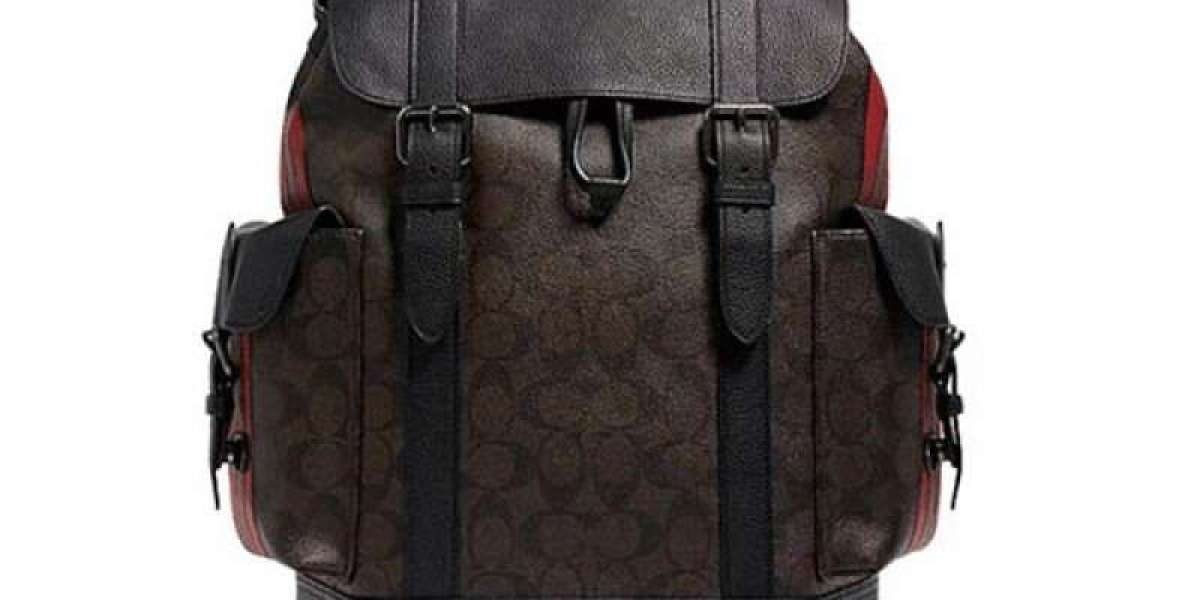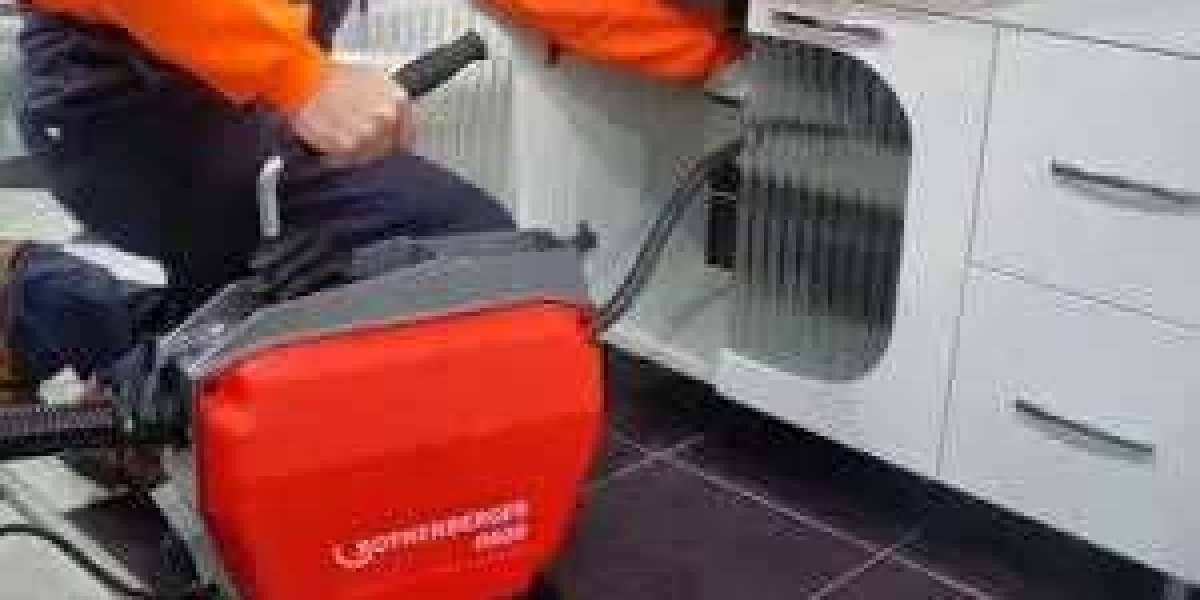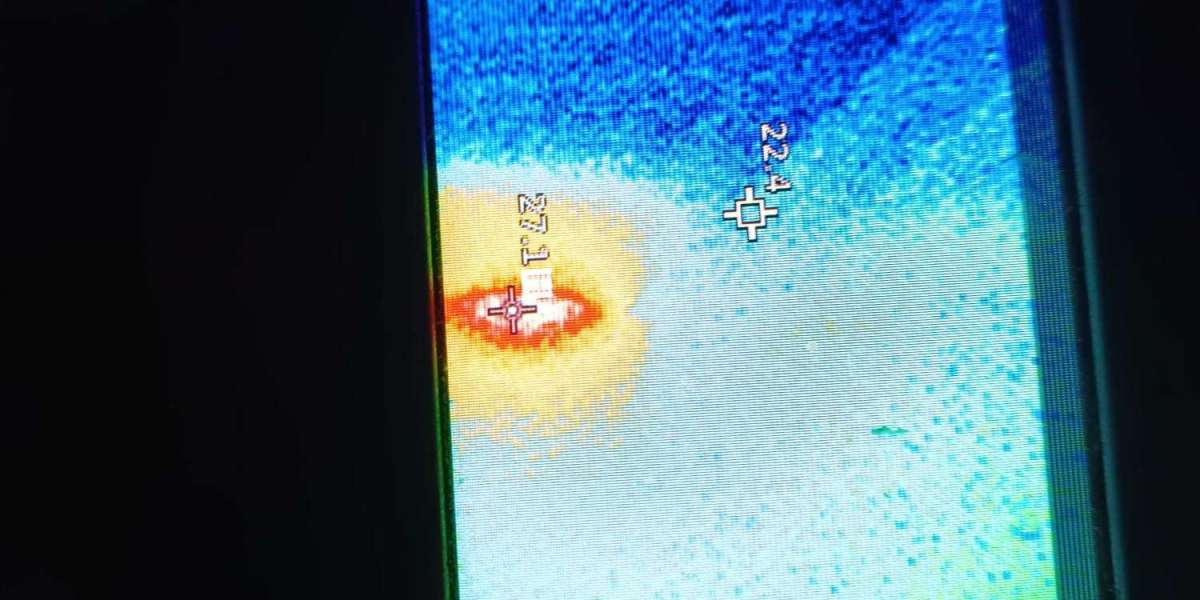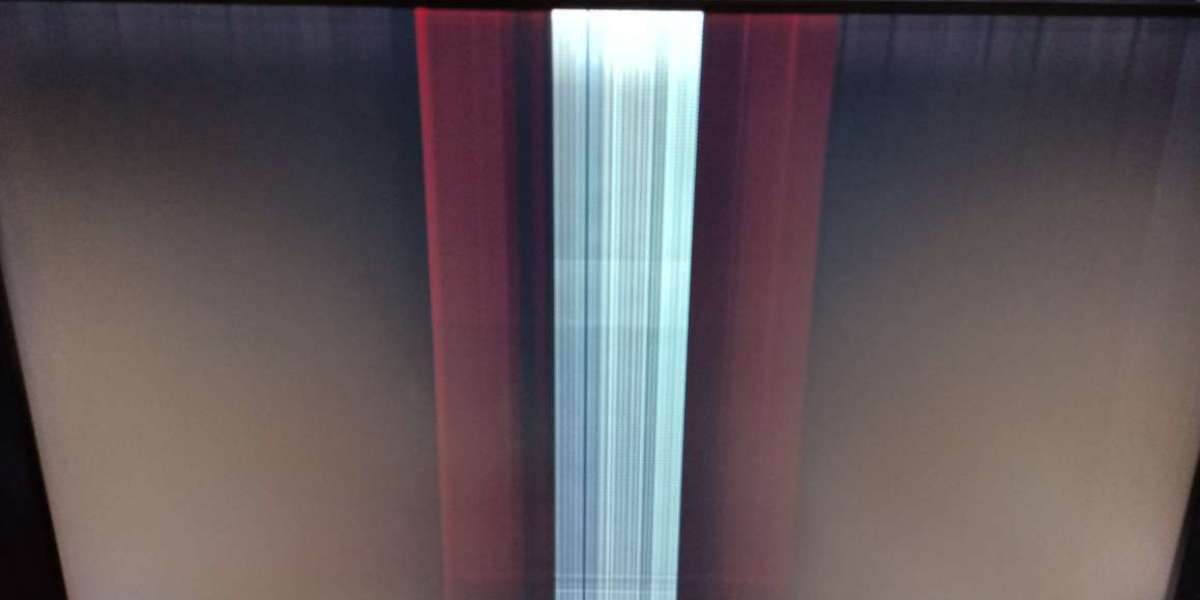The European PET catalyst market, valued at USD 83.39 million in 2024, is projected to grow at a 3.9 % CAGR between 2025 and 2034. In the context of global PET catalyst dynamics—where the global market is estimated at USD 784.4 million in 2024, with a projected value of about USD 1,230 million by 2033 (CAGR ~5.3 %)—the European segment’s performance underscores structural maturity, regulatory pressure, and evolving demand for product differentiation through segmentation. As PET catalysts become increasingly specialized, segmentation by product type, end-use industry, and application will determine next-generation growth vectors, value chain optimization, and margin sustainability.
Dissecting the product type segmentation, antimony-based catalysts currently lead in Europe and globally, owing to their established performance and cost efficiency. In the Polaris report, antimony-based variants commanded the largest share in Europe in 2024. However, aluminum-based, titanium-based, germanium-based, and hybrid catalyst formulations are gaining traction because of stricter environmental standards and the demand for lower toxicology profiles. This product differentiation enables higher-value offerings that can command premium pricing in markets sensitive to food-contact and regulatory compliance. In parallel, application segmentation such as packaging, textile & apparel, automotive, and medical sectors shows differing growth tempos. Packaging remains the majority driver in Europe, aligned with global trends where PET catalyst demand is closely correlated with beverage and food packaging expansion. In textile and apparel, incremental catalyst loading is lower, but demand is stable, especially in major European fashion and technical textile hubs. Automotive and medical uses are niche but growing, especially in specialty PET blends requiring tailored catalyst systems.
From the end-user industry perspective, the packaging sector dominates catalyst consumption, because PET bottles and containers require consistent, high-quality polymerization, pushing manufacturers to adopt high-performance catalysts. According to global data, packaging applications account for more than 60 % of PET catalyst demand.In Europe, the push for lightweight, recyclable packaging intensifies that dominance. Conversely, specialty end-users like medical and automotive rely on advanced or hybrid catalyst systems and represent opportunities for margin differentiation through customized formulations and service contracts.
Turning to DROS dynamics: Drivers for segment-level growth include growing demand for rPET incorporation, which demands catalysts with broader feedstock tolerance and stability across variable monomer purity. The need for application-specific catalyst performance (e.g. faster reaction times, better molecular weight control) further drives product differentiation. In packaging, especially, producers seek catalysts with minimal side reactions that inhibit clarity or color — this drives upward migration to premium grades. Restraints include segmentation fragmentation risk: small niche segments may not deliver sufficient volume to justify tailored R&D. Pricing pressure is acute in mature segments like commodity antimony catalysts, where margin erosion can follow competitive overcapacity. In Europe, regulatory constraints (e.g. limits on heavy metals) may force de-listing of certain catalyst types in food-contact segments, restraining adoption of lower-cost catalysts.
Against this, Opportunities manifest in up-segment migration: catalyst makers can push their clients in packaging and medical toward higher performance grades, premium differentiated offerings, or subscription models. There is scope for value chain optimization by integrating catalyst supply with PET resin manufacturing (e.g. bundling catalyst with process support), especially in high-growth geographies. In under-penetrated end-user segments such as high-end textiles or specialty polymers, custom catalyst design can yield growth. Novel catalysts tailored for specific monomer blends or feedstocks (e.g. recycled terephthalic acid) create organic segment growth. Moreover, regional expansion of certain segments (e.g. biodegradable PET blends, medical PET) opens geographically differentiated segmentation performance.
Read More @ https://www.polarismarketresearch.com/industry-analysis/europe-polyethylene-terephthalate-catalyst-market
Trends to watch include increased consolidation among segment leaders to capture economies of scale in R&D and production for differentiated catalyst types, rationalizing overlapping portfolios. A second trend is the blurring of boundaries between segments: packaging-demand catalysts may be tuned for cross-application performance, challenging rigid segmentation. Third, licensing of differentiated catalyst modules (e.g. hybrid antimony-titanium systems) is emerging, allowing smaller PET players to access high-end catalysts without full development investment. Fourth, digital process monitoring and predictive catalyst dosing is being integrated within segmented offerings, enabling performance upgrades to differentiate in saturated markets. In the European catalyst ecosystem, segment-wise performance is increasingly correlated with the ability to support clients' sustainability targets, product differentiation needs, and optimization of monomer-to-polymer conversion yields.
The competitive landscape in segmentation-driven dynamics is concentrated in a few stalwarts who own differentiated product portfolios and segment penetration strategies. Key holders include:
- Toyobo Co., Ltd.
- Teijin Limited
- Evonik Industries AG
- Indorama Ventures Public Company Limited
- SK Chemicals Co., Ltd.
These players lead across multiple segments—from commodity antimony catalysts to next-generation formulations—and frequently realign their segment strategies and R&D focus to match evolving demand curves, regulatory constraints, and value chain optimization pressures.
More Trending Latest Reports By Polaris Market Research:
Canada Tactical Data Link Market
Breast Cancer Liquid Biopsy Market
Automotive E-Compressor Market
Benign Prostatic Hyperplasia Surgical Treatment Market








